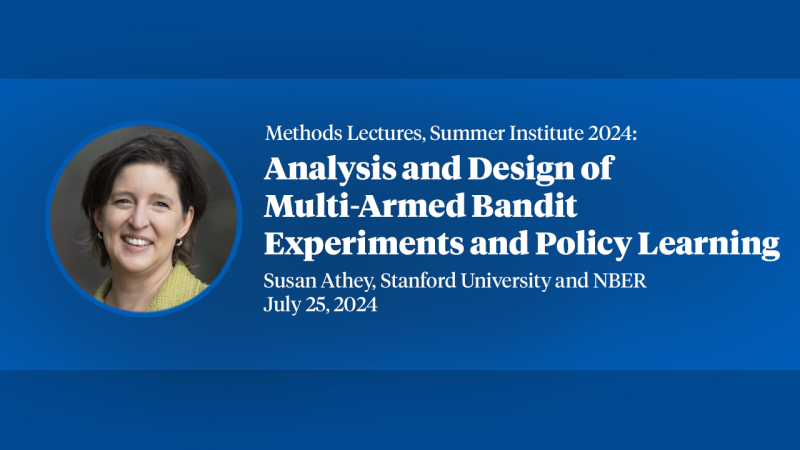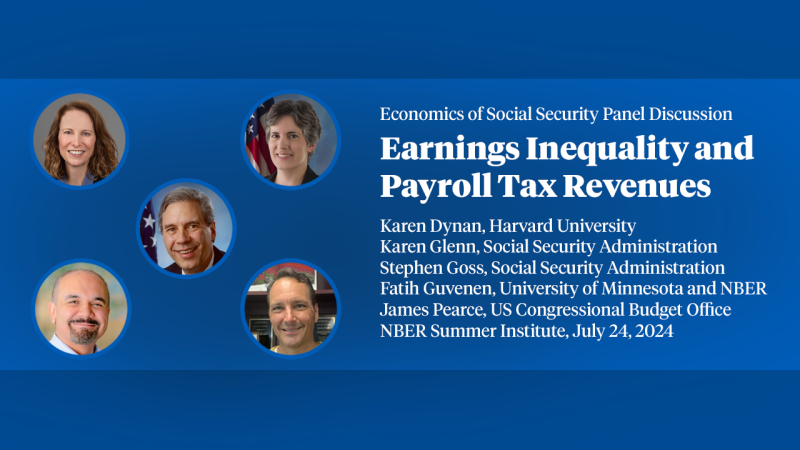Nonpayment and Eviction in the Rental Housing Market
Recent research has documented the prevalence and consequences of evictions, but our understanding of underlying drivers of the eviction rate and the scope for policy to affect it remains limited. In this paper, we study landlords' decisions to evict tenants and how these decisions may be influenced by policy. We combine novel lease-level ledger data from low-income rental markets with a model of the landlord's eviction decision to characterize the persistence of shocks to tenant default risk, landlords' information about these shocks, and landlords' cost of eviction. Our data show that nonpayment is common, is frequently tolerated by landlords, and is often followed by recovery, suggesting that landlords face a trade-off between initiating a costly eviction or waiting to learn whether a tenant can continue paying. Our dynamic discrete choice model of the eviction decision captures this tradeoff. Estimates indicate that filing an eviction costs landlords the equivalent of 2-3 months of rent, and that the majority of evictions involve tenants who are unlikely to pay going forward. This implies that uniformly applied policies can generate additional forbearance for tenants, but they do not prevent most evictions. We find that 15% of those evicted would have resumed paying rent, suggesting a role for more targeted interventions. Among the policy instruments we consider, direct financial incentives for landlords—such as taxes and subsidies—are more likely to durably prevent evictions than procedural delays.
Non-Technical Summaries
- In a typical year, about 5 percent of tenants have an eviction case filed against them. In Nonpayment and Eviction in the Rental Housing...


